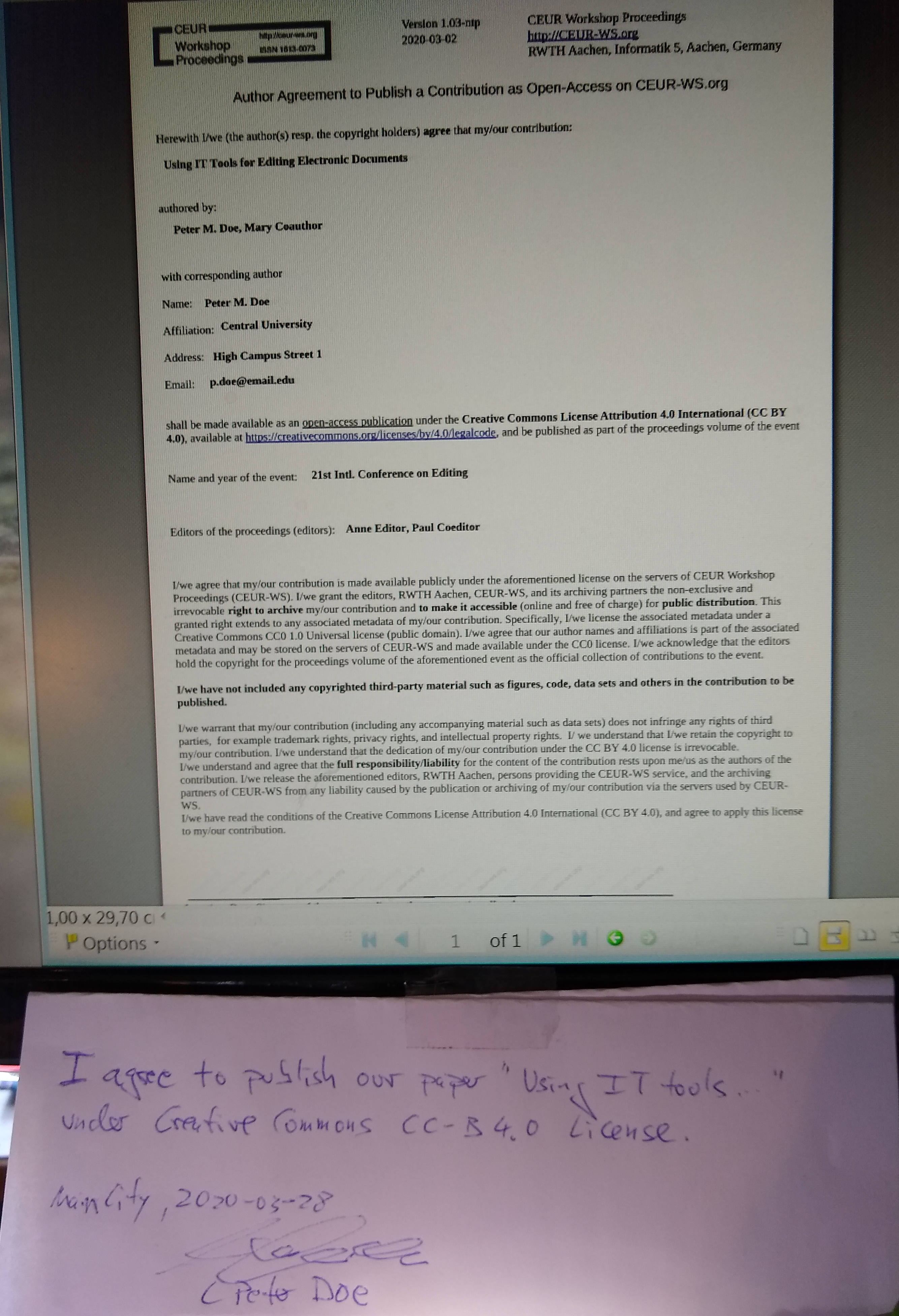
- Implication of year 2038 problem for abandonware games software#
- Implication of year 2038 problem for abandonware games code#
Some systems had problems once the year rolled over to 2010. Programs that compared dates as seconds past epoch, but only had room for nine digits, failed to work correctly. On 9 September 2001, in Unix the number of seconds past the Unix epoch: midnight UTC, 1 January 1970 reached 1 billion. Due to the 18–24 month generational cycle in computer technology this should not be a problem.
Implication of year 2038 problem for abandonware games code#
The SPD EEPROM on modern computer memory modules contains a single-byte binary-coded decimal (two digit) year-of-manufacture code at offset +93 (0x5D). Such a program will not be able to correctly deal with years beyond 2068.įor applications required to calculate the birth year (or other past year), such an algorithm has long been used to overcome the Year 1900 problem, but it has failed to recognise people over 100 years old.

įor example, a program may have been changed so that it treats two-digit year values 00–68 as referring to 2000 through 2068, and values 69–99 as referring to 1969 through 1999. Some programs were made Y2K-compliant by continuing to use two digit years, but picking an arbitrary year prior to which those years are interpreted as 20 xx, and after which are interpreted as 19 xx. įollow-on problems caused by certain temporary fixes to the Y2K problem will crop up at various points in the 21st century. This raised issues upon the arrival of the actual date this represents, 9 September 1999. In many programs or data sets, "9/9/99" was used as a rogue value to indicate either an unresolved date or as a terminator to indicate no further data was in the set. In the last few months before the year 2000, two other date-related milestones occurred that received less publicity than the then-impending Y2K problem. The Domain/OS clock, which is based on the number of 4 microsecond units that has occurred since 1 January 1980, rolled past 47 bits on 2 November 1997, rendering unpatched systems unusable. There were numerous problems and crashes related to this bug while an alternative format was developed. On 4 January, the 12-bit field that had been used for dates in the Decsystem 10 operating systems overflowed. The fix generally was to expand the year to just two digits, owing to limitations of the storage media common in that era, tab cards and magnetic tape.


No problems due to this problem are known to have occurred. The problem was identified and corrected before 1970. It was especially easy to write programs in the COBOL language with this limitation. Year 1970ĭuring the 1960s, some computer programs were written using just a single digit for the year, so that 0-9 represented the years 1960-1969. The most well-known consequence of bugs of this type is the Y2K problem, but many other milestone dates or times exist that have caused or will cause problems depending on various programming deficiencies. These are most commonly manifestations of arithmetic overflow, but can also be the result of other issues.
Implication of year 2038 problem for abandonware games software#
In computer science, time formatting and storage bugs are a class of software bugs which may cause time and date calculation or display to be improperly handled.


 0 kommentar(er)
0 kommentar(er)
